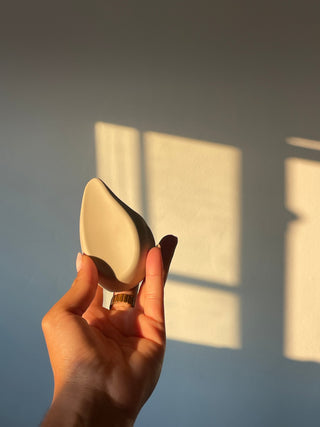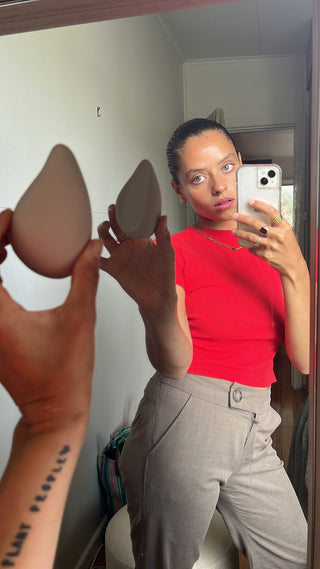You might recognise the term ‘intersex’ from the ‘I’ in LGBTQIA+, but its true meaning is often misunderstood. Intersex people are born with physical sex characteristics—such as chromosomes, gonads, hormone levels, or genitalia—that don’t fit typical definitions of male or female bodies. While this natural variation in human biology is estimated to affect around 1.7% of the Australian population, misconceptions still persist. Gaining a deeper understanding of what it means to be intersex is essential to fostering an inclusive and respectful society that honours everyone’s unique identity.
With Intersex Awareness Day recently observed on October 26, let’s take this opportunity to explore what it means to be intersex and discover meaningful ways to support the intersex community.
What does it mean to be intersex?
Many assume “intersex” refers to a single body type or identity; however, it actually encompasses a range of unique characteristics, each one valid. Some intersex traits are noticeable at birth, others during puberty or later in life, and some may never be detected. Just like anyone else, intersex individuals are typically assigned a gender at birth, although some later find their bodies don’t match conventional expectations. Many intersex people identify with a particular gender, while others can feel connected to multiple genders or none at all.
The intersex community uses a variety of terms, from specific medical descriptions to broader phrases like “variations in sex characteristics” (VSC) or “differences in sex development” (DSD). It’s also important to understand that being intersex isn’t a disorder, disease, or condition. Instead, it’s a natural part of human diversity, discovered as part of one’s personal journey.
Understanding the challenges faced by the intersex community
For many years, intersex individuals have faced stigma, unwanted medical interventions, and discrimination. Historically, intersex babies and children were subjected to surgeries or hormonal treatments aimed at “normalising” their bodies—often without their consent. These practices have been widely criticised for the potential physical and emotional harm they cause. As a result, many intersex people can experience feelings of isolation and invisibility due to a lack of representation and understanding in society. They frequently encounter significant challenges in accessing affirming healthcare, securing legal rights, and finding a support system that acknowledges and respects their unique experiences.
How to support the intersex community
Supporting the intersex community begins with empathy, education, and action. Here are some practical steps to consider:
- Educate yourself and others: Understanding the basics of what it means to be intersex, the range of intersex variations, and the rights of intersex individuals is an essential first step. Books, documentaries, and reputable online resources can help deepen your knowledge. In the US, organisations like InterACT and the Intersex Society of North America provide valuable information and support; while in Australia, IPSA (Intersex Peer Support Australia) and Interlink offer counselling services for intersex individuals and their families. Engaging with these resources not only enhances your understanding but also helps create a more supportive environment for the intersex community.
- Use inclusive language: Language is powerful. Terms like “biological male” or “biological female” can feel restrictive and exclude intersex people from the conversation. Instead, opt for terms that recognise the diversity of human experiences, such as “assigned male/female at birth” or simply “male,” “female,” or “intersex” based on the individual’s preference.
- Respect privacy and identity: Just like anyone else, intersex individuals have a right to privacy and should be allowed to share (or not share) aspects of their identity and experience on their own terms. Respect the language people use to describe themselves, whether they identify as intersex, a specific gender, or otherwise.
- Advocate for intersex rights: Join or support campaigns advocating for intersex rights, such as the end of non-consensual surgeries and legal recognition for intersex individuals. Many organisations work toward legal protections and greater visibility for intersex people, aiming to ensure that individuals can make informed choices about their own bodies.
- Listen and amplify intersex voices: Follow intersex activists, writers, and advocates, and take the time to listen to their stories and experiences. Amplifying these voices—especially by sharing resources created by intersex people themselves—helps to build a more informed, supportive, and visible community.
The path to greater understanding and acceptance
Intersex people have always been a part of the human story, and acknowledging their unique experiences is essential to building a world that respects diversity in all its forms. By educating ourselves, respecting individual experiences, and advocating for intersex rights, we can help create a world where everyone feels seen, valued, and supported.
Supporting the intersex community is a journey of continuous learning, empathy, and inclusivity. As allies, we can work to build a society where intersex individuals are not only visible but celebrated for who they are.












